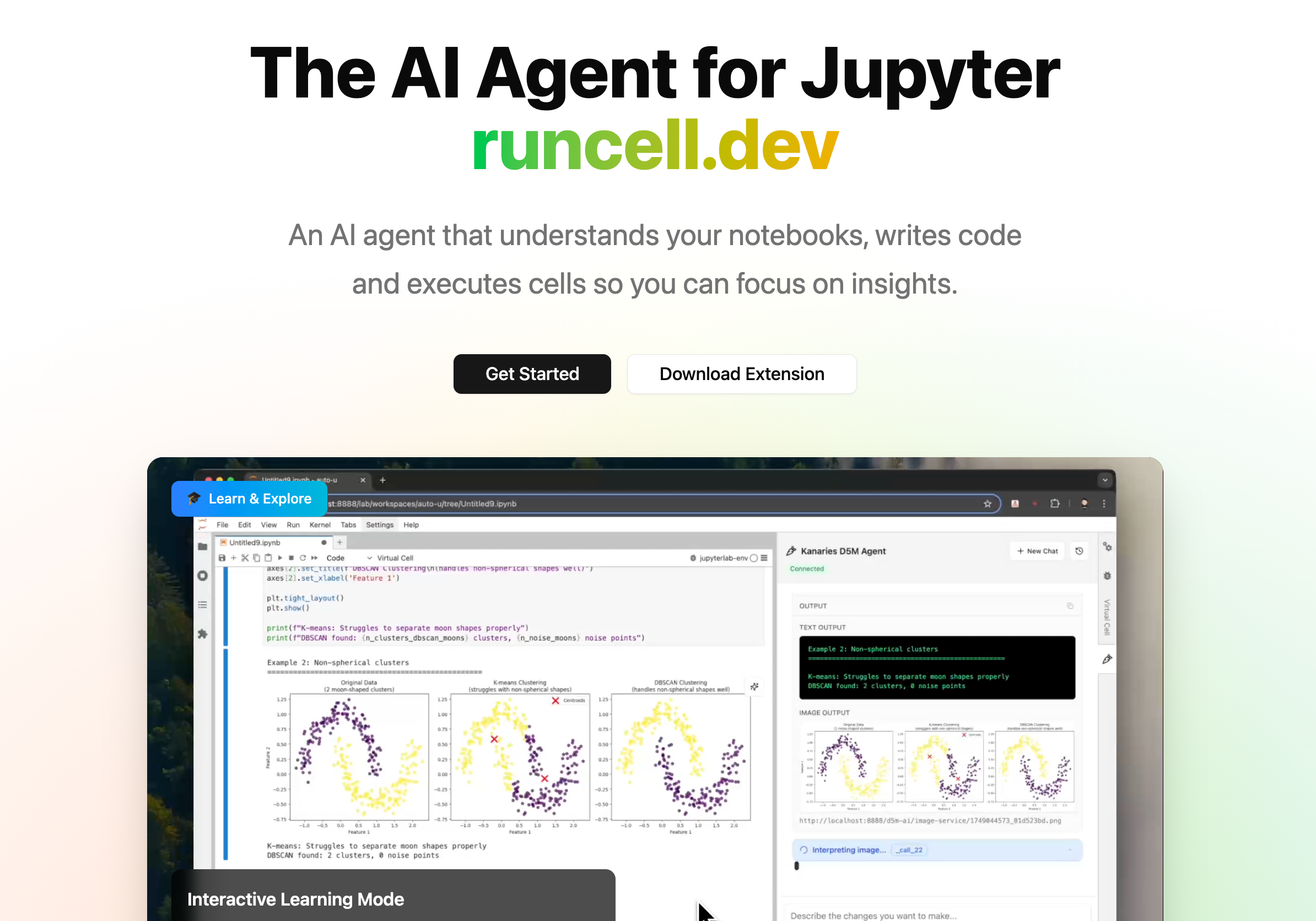AI-Driven Data Analytics & Visualization: Revolutionizing Data Science with RATH
Updated on

The rapid evolution of AI and automation has transformed the landscape of data analytics and visualization. In this era of big data and machine learning, an array of innovative tools are emerging, offering unprecedented capabilities in data science. In this article, we will delve into the role of AI in data analytics, its impact on automation, and how the RATH platform is revolutionizing the way we work with data.
Leveraging AI and Automation for Enhanced Data Analytics
AI has become an indispensable component of data science (opens in a new tab), enabling more accurate predictions, enhanced insights, and increased automation. Machine learning algorithms can now sift through vast amounts of data, identifying patterns and correlations that were previously invisible to the human eye. This has led to significant advancements in data analysis and visualization, allowing organizations to make more informed decisions and streamline their operations, such as using AI for marketing automation.
The AI Agent for Jupyter Notebooks
An AI agent that understands your notebooks, writes code and executes cells so you can focus on insights. Accelerate your data science workflow with intelligent automation that learns from your coding patterns.

AI, Data Science, and Big Data
AI automation, big data, data science, and machine learning are interconnected fields that have experienced rapid growth in recent years. AI has become a critical component of data science, powering advanced analytical techniques like machine learning and deep learning. At the same time, big data has emerged as a driving force behind the need for more sophisticated data science tools, as organizations grapple with the challenges of processing, analyzing, and deriving insights from massive datasets.
One of the key differences between big data, data science, and machine learning is the scope and purpose of each field.
- Big data is primarily concerned with the collection, storage, and processing of vast amounts of data.
- Data science focuses on extracting insights from this data using a combination of statistics, programming, and domain expertise.
- Machine learning is a subfield of data science, that involves the development and application of algorithms that can learn from data, enabling computers to make predictions and decisions without explicit programming.
- AI automation: automates the existing workflow with AI technology. generates growth and new opportunities, together with challenges for organizations in the realms of data analytics, visualization, and decision-making.
As these technologies continue to evolve, tools like RATH will play an increasingly important role in helping businesses leverage the power of AI and big data to drive innovation and success.
AI Automation: Unlocking the Potential of Data
One of the key benefits of AI in data analytics is the ability to automate repetitive tasks, freeing up valuable time for data scientists to focus on more strategic endeavors. RATH (opens in a new tab), an AI-powered data analysis and visualization platform, streamlines your entire data analysis workflow, from data profiling and transformation to insight generation and visualization. By automating these processes, RATH enables organizations to unlock the full potential of their data, driving more informed decisions and optimized operations.
AI Data Visualization: Bringing Data to Life
Visualization is a crucial aspect of data analysis, and AI has played a pivotal role in enhancing this process. Utilizing RATH (opens in a new tab)'s advanced AI-driven data visualization capabilities brings your data to life, automatically generating charts and graphs that effectively communicate complex information in a visually appealing manner. This not only makes it easier to interpret data but also empowers decision-makers to take appropriate action based on the insights derived. With RATH, you can explore your data using its innovative Data Painter feature, which enables you to create custom visualizations by simply drawing shapes and lines, allowing for a more interactive and creative approach to data visualization.
Conclusion
AI and automation have revolutionized the way we approach data analytics and visualization. With tools like RATH, organizations can harness the power of AI to automate their data analysis workflows, uncover deeper insights, and make more informed decisions. By embracing AI-driven data analytics and visualization, businesses can stay ahead of the curve in today's competitive landscape, ensuring a prosperous future in the era of big data and machine learning.
To learn more about RATH and how it can transform your data analysis and visualization efforts, visit the RATH GitHub repository (opens in a new tab) or join the Discord Community (opens in a new tab) to connect with other data enthusiasts.
FAQ
-
Will artificial intelligence replace coding? Answer: AI has the potential to automate certain aspects of coding, but it is unlikely to replace coding altogether. While AI can assist with tasks such as debugging and code optimization, it still requires human input to design and implement new software programs.
-
What jobs AI cannot replace? Answer: Certain jobs require high levels of creativity, social skills, and emotional intelligence, which are difficult for AI to replicate. Examples of jobs that may be less likely to be replaced by AI include artists, therapists, and social workers.
-
What is the highest-paid AI field? Answer: The highest-paying AI fields include natural language processing, robotics, and computer vision. Salaries in these fields can range from $100,000 to $250,000 or more, depending on experience and location.
-
Will AI replace data analysts? Answer: While AI can automate some aspects of data analysis, it is unlikely to replace data analysts entirely. Human analysts are still needed to interpret the data, provide context, and make recommendations based on their expertise.
-
Can an AI trick a human? Answer: Depends. AI can be used to create realistic chatbots and voice assistants that can deceive humans into thinking they are interacting with another person. This is known as a "Turing test" and is often used to measure the intelligence of AI systems.

